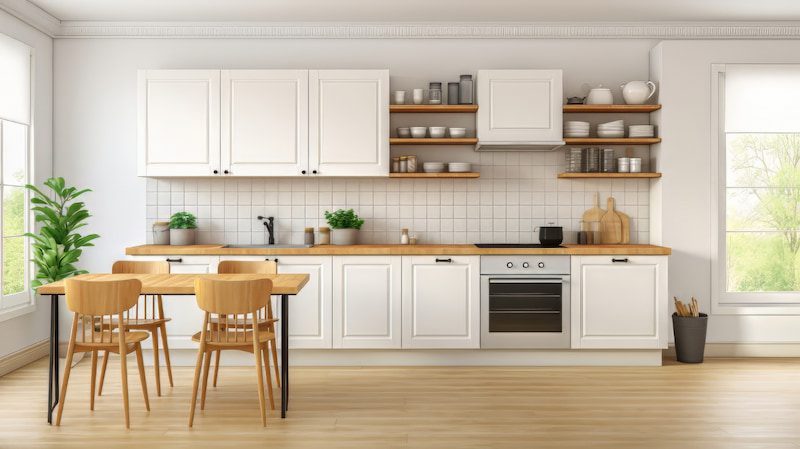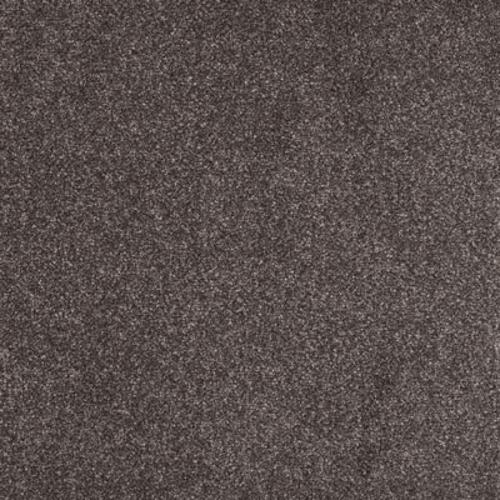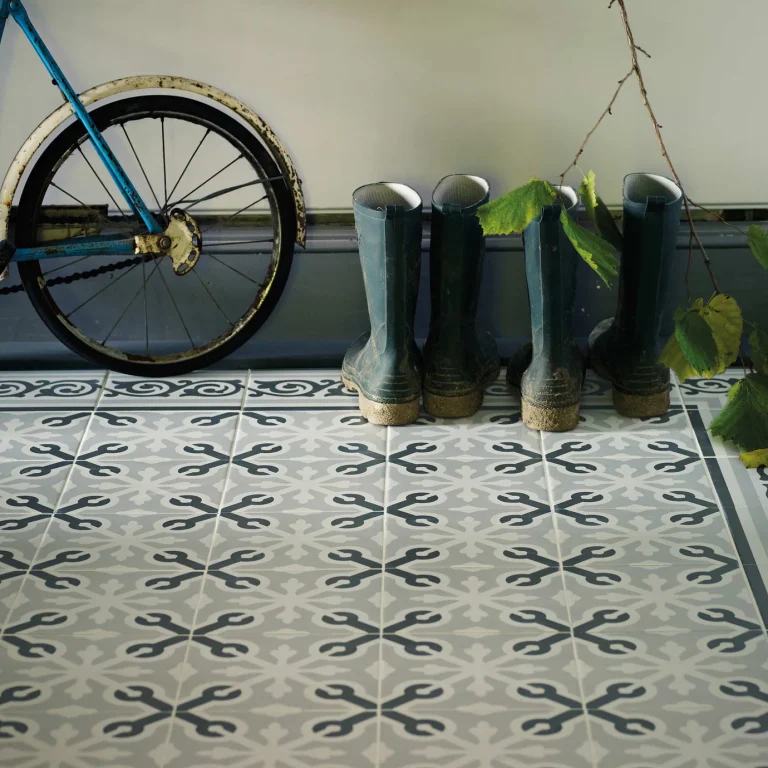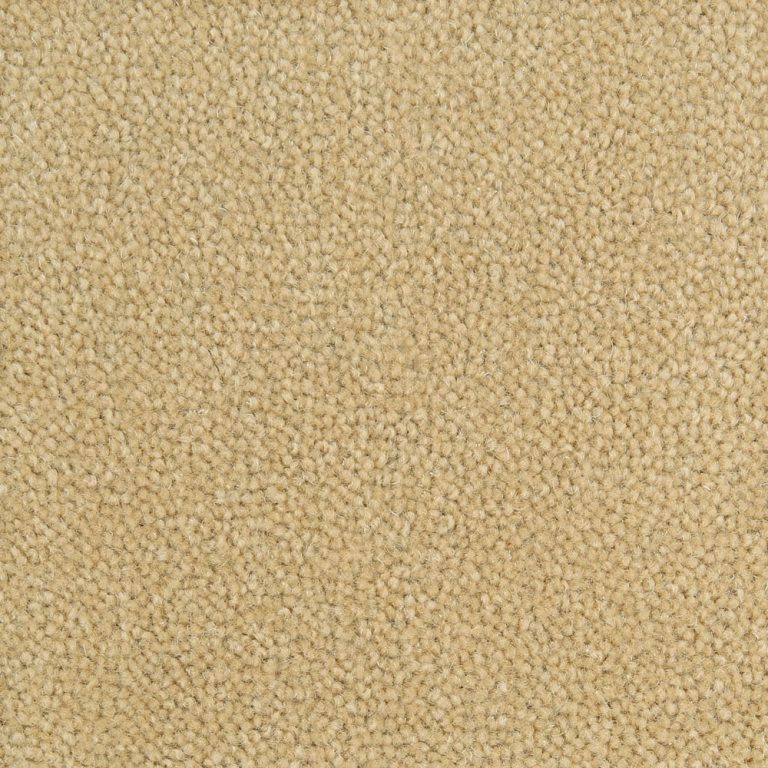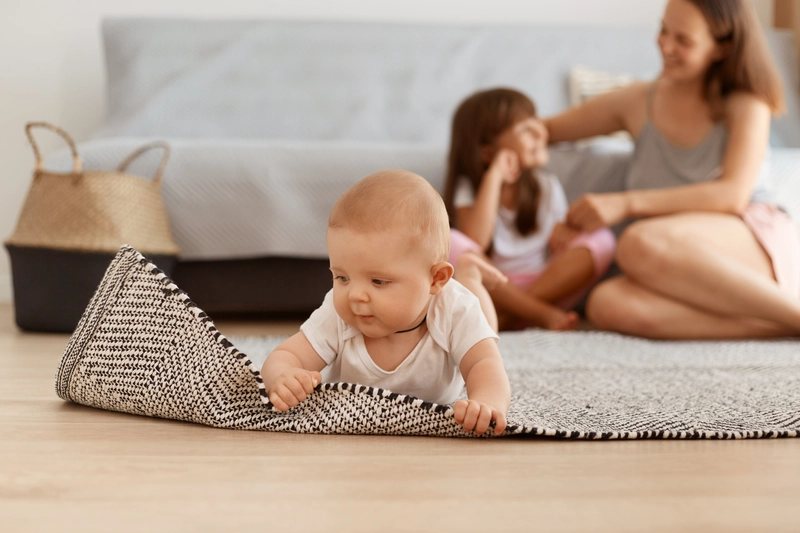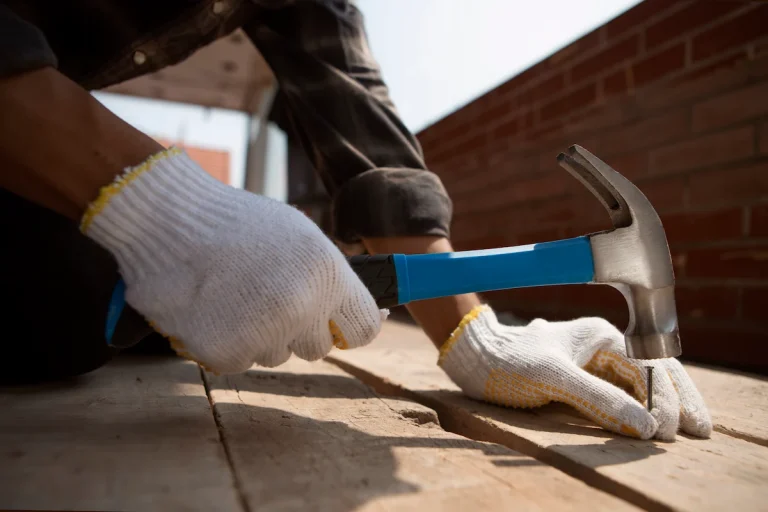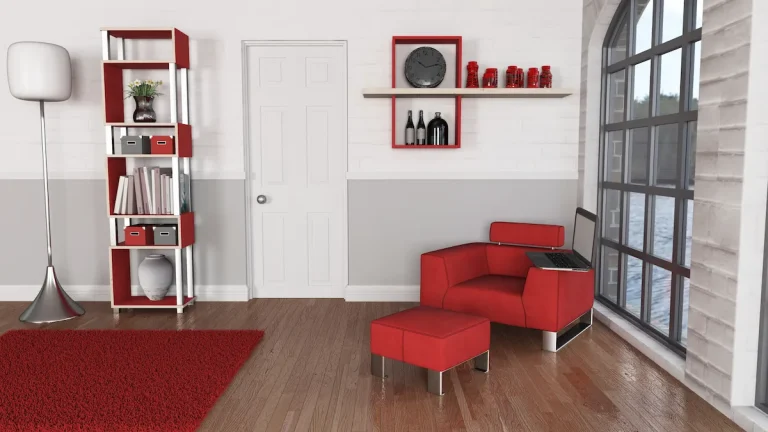In the continuously evolving realm of home design, the selection of flooring options, including kitchen flooring, has become increasingly significant. As we anticipate the latest trends in flooring for 2025, sustainable and eco-friendly alternatives, such as sustainable flooring and engineered wood, are emerging as focal points, providing both aesthetic allure and environmental advantages.
This article examines the most sustainable materials currently available, innovative technologies that enhance flooring performance, and creative design trends, including neutral tones and bold colours, capable of transforming living spaces.
Whether one is in search of low-maintenance solutions or distinctive styles, it is essential to understand how the appropriate flooring, including durable materials and timeless design, can enhance a home while simultaneously being considerate of the planet.
Sustainable and Ecological Flooring Options
In the search for options for sustainable and eco-friendly flooring, homeowners are showing an increasing interest in materials that are not only functional but also environmentally friendly and aesthetically pleasing, such as bamboo and warm woods.
Sustainable flooring, which ranges from white oak to bamboo, is noted for its excellent durability and is suitable for various spaces, including kitchens and living areas, while also reflecting a commitment to responsible interior design practices.
These materials not only provide biophilic beauty but also contribute to the creation of a healthier and more environmentally conscious home, in line with eco-friendly choices.
The Most Sustainable Flooring Materials
The most sustainable flooring materials include options such as bamboo, white oak, and a variety of textured finishes that suit any interior design style, including contemporary layouts and vintage aesthetics.
These sustainable materials not only offer exceptional durability but also align with contemporary aesthetics, creating a cosy and elegant environment, enhanced by natural materials and contrasting inlays. For example, bamboo, known for its rapid growth, is impact-resistant and easy to maintain, making it an ideal choice for kitchens and communal areas.
White oak, with its beautiful grain and warm tones, adds a touch of sophistication and fits perfectly with various decorative styles, from vintage aesthetics to contemporary layouts.
Moreover, textured finishes, ranging from rustic options to more polished ones, allow for personalization of the space, making every corner feel unique and responsible.
- Long-lasting durability
- Ease of maintenance
- Aesthetic variety
These elements not only beautify the home but also contribute to a more sustainable lifestyle.
How Can Ecological Soil Benefit Your Home?
The use of eco-friendly flooring in the home not only contributes to sustainability but also enhances the aesthetics and overall health of living spaces, creating a healthy and attractive environment for homeowners, with options such as jute and wool.
Furthermore, eco-friendly flooring has the potential to improve indoor air quality by reducing the emission of toxic chemicals, which is essential for the health of the inhabitants. This type of flooring generally consists of natural materials, such as sustainable wood, cork, and bamboo, which are recognised for their low environmental impact.
- Sustainable wood: Sourced from responsibly managed forests, it provides a warm texture.
- Cork: A renewable material that, in addition to offering comfort, contributes to soundproofing and thermal insulation, making it ideal for creating cosy and elegant environments.
- Bamboo: Fast-growing, it is an eco-friendly and versatile option for various designs.
The integration of these materials not only beautifies the spaces but also supports ecological initiatives, leveraging their durability and functionality in home design, including vintage flooring and timeless design.
Innovative Technology in Flooring
Innovative flooring technology is transforming the way homeowners select and use materials for floors, offering solutions that combine durability, aesthetics, and ease of maintenance. This has led to an increase in the popularity of luxury flooring and textured finishes.
By 2025, it is anticipated that trends in flooring technology will include a variety of modular options that will allow for unprecedented customisation in interior design, ranging from parquet patterns to herringbone designs, and catering to the individual preferences of each homeowner.
These innovations are not only revolutionising the flooring market, but are also enabling homeowners to create unique and functional spaces, with options such as oversized tiles and natural stone.
How Can Technology Improve Flooring?
The improvement of technology in the flooring sector has introduced solutions that enhance durability and facilitate maintenance, resulting in more efficient and sustainable flooring options for homeowners, including eco-friendly choices and stylish aesthetics.
This not only translates into a smarter long-term investment but also in the creation of a more pleasant and welcoming environment. Technological advancements, such as 3D printing and the use of composite materials, have revolutionised the way floors are designed and installed.
Currently, the integration of modular installation systems allows homeowners to lay flooring quickly and with less effort, minimising downtime in the home, perfect for achieving clean lines and a cohesive look.
- For example, luxury vinyl can be easily installed over an existing surface, eliminating the need for heavy work, making it ideal for kitchen spaces.
- Furthermore, modern surface treatments have improved stain and damage resistance, making maintenance a straightforward and effective process.
The combination of these innovations not only results in more durable flooring but also in aesthetically pleasing options that fit a variety of decorating styles, including vintage flooring and biophilic beauty.
What are the Latest Technological Advances in Soils?
The latest technological advancements in flooring include innovations in materials, design, and functionality, such as luxury flooring that is wear-resistant, combining style and durability, and catering to homeowners’ preferences.
In this context, it is important to highlight luxury vinyl flooring, which not only offers an elegant appearance but is also exceptionally easy to install and maintain. Thanks to its advanced printing technology, this flooring can accurately replicate the appearance of wood or natural stone, allowing designers and homeowners to create sophisticated spaces without sacrificing functionality.
- Ceramic flooring: With treatments that enhance their resistance to stains and abrasions, they are ideal for high-traffic areas.
- Bamboo flooring: This renewable material is not only aesthetically pleasing but also offers superior durability.
- Engineered wood composites: They provide stability and versatility for various design applications.
These materials and technologies not only enhance the aesthetics of interior spaces but also promote a more sustainable approach to design, adapting to the demands of the modern environment.
Combination and Mixing of Soil Materials
The combination and mixing of flooring materials is establishing itself as a key trend in interior design, allowing homeowners to create unique spaces that reflect their personal style through the integration of various textures, patterns, and colours, including geometric patterns, modular carpets, and layered rugs.
From the combination of wooden floors with large-format tiles to the inclusion of modular carpets and layered rugs, the options available are practically endless.
This flexibility not only adds visual interest to spaces but can also enhance the functionality and durability of floors in high-traffic areas, such as kitchens.
The Benefits of Mixing and Combining Flooring Materials
The mixing and combination of flooring materials presents a number of benefits, ranging from aesthetic improvement to functionality, allowing homeowners to create spaces that are both attractive and practical, using decor ideas and contrasting textures.
The integration of different types of flooring can transform an environment, bringing character and dynamism to a home. For example, using wood in warm and cosy areas, while opting for tiles in high-traffic zones, not only enhances durability but also establishes an attractive visual flow between the various rooms. This strategy not only optimises functionality but also allows residents to express their personal style, with options such as geometric patterns and statement designs.
- Living areas can benefit from the softness of a carpet combined with tiles in the kitchen.
- An entrance can stand out through the use of a stone floor that contrasts with an elegant wooden floor in the sitting room, enhancing visual interest.
Thus, each selected combination directly influences the overall perception of the space, enhancing both its aesthetics and its utility.
How Can You Effectively Mix and Combine Soil?
To effectively mix and match flooring materials, it is essential to consider patterns, textures, and colours that complement one another, creating a harmonious and attractive space.
When addressing the selection of flooring materials, there are various strategies that can facilitate the achievement of a cohesive design. Firstly, it is crucial to assess how each type of material relates to the others, especially in terms of durability and maintenance, as well as the inclusion of rustic charm and minimalist elegance.
Consistency in design not only enhances aesthetics but also makes cleaning and upkeep easier. For example, the combination of ceramic tiles or buff kitchen tiles with wood in high-traffic areas can result in a visually appealing outcome that is both aesthetic and practical.
The following is recommended, especially when considering the latest flooring trends:
- Use neutral tones to balance bold patterns.
- Allow one material to act as a focal point, while others complement without competing.
- Avoid abrupt transitions; consider edges or skirting boards and varied tile sizes that soften the change between textures.
Finally, it is advisable to try different samples in the space before making a decision, as observing how materials like textured limestone interact under various lighting conditions can prevent common mistakes that lead to unexpected results.
Bold and Unique Floor Designs
Bold and unique flooring designs are gaining increasing popularity among homeowners who wish to express their personal style and make a statement in their homes.
With options including geometric patterns, herringbone designs, large format tiles, and a variety of textured finishes, homeowners now have the opportunity to select floors that are not only functional but also provide significant visual appeal.
The trends of 2025 emphasise the versatility of luxury flooring, unique patterns, and innovative materials that allow for the creation of sophisticated and modern environments, thereby reflecting homeowners’ preferences.
The Latest Trends in Floor Designs
The latest trends in flooring designs present a combination of bold patterns and rich textures, reflecting homeowners’ desire to create unique and personalised spaces in their homes, as well as the growing importance of sustainability and functionality in material selection. With a wide variety of options available, finding the perfect finish that not only beautifies the environment but also complements the homeowner’s lifestyle is more accessible than ever.
Contemporary designs focus on geometric patterns and include materials that offer both durability and aesthetics. When considering flooring options, it is essential to keep in mind the following popular alternatives:
- Hexagonal tiles: ideal for adding a contemporary touch to any room.
- Reclaimed wood: perfect for those looking for an eco-friendly option that also brings warmth.
- Microcement: provides a smooth and polished surface that suits modern and minimalist spaces.
- Dijon limestone: offers a timeless look suitable for a variety of interior styles.
The choice of these elements not only influences the visual design but also the functionality of the space, incorporating practical features that facilitate maintenance and prolong the lifespan of the flooring.
How Can You Incorporate Bold Floor Designs into Your Home?
Incorporating bold floor designs into the home necessitates careful planning and a selection of patterns and colours, such as Tuscany Seasoned Limestone, that align with the overall style of the space.
Regarding choosing bold floor designs, it is essential to consider how they complement the other decorative elements. Before committing to a specific design, homeowners may reflect on the following recommendations:
- Evaluate the lighting: Natural light can alter the perception of colours; therefore, conducting tests at different times of the day can be beneficial.
- Consider the size of the room: Larger patterns tend to perform well in spacious areas, while smaller patterns can create a cosy feel in more compact spaces.
- Seek inspiration: Consulting design magazines or websites can provide fresh ideas on how to integrate styles and colours, as well as examples of successful applications that align with personal vision.
For instance, a tiled floor featuring geometric patterns can invigorate a dining area, while a vibrant rug or beige floors may serve as a focal point in a living room, completely transforming the atmosphere of the home.
Low Maintenance Soil Options
Low-maintenance flooring options are becoming increasingly popular among homeowners seeking practical and durable solutions for high-traffic areas in the home, such as kitchens and hallways.
This type of flooring not only makes cleaning and maintenance easier but can also provide a modern and stylish aesthetic, as seen in luxury flooring, oak wood, and innovative design materials.
By opting for flooring that requires little maintenance, homeowners can enjoy an attractive and functional space without the stress associated with constant upkeep.
The Best Low Maintenance Flooring Materials
The most recommended low-maintenance flooring materials include options such as luxury vinyl, which are distinguished by their durability and ease of cleaning, making them ideal choices for homes with children and pets.
Plus these qualities, low-maintenance materials have features that make them stand out in any modern setting. For example, luxury vinyl is not only stain and scratch resistant, but also mimics the appearance of wood or stone, providing a stylish look without the need for costly upkeep. Another material to consider is ceramic, which, due to its high durability, can withstand constant traffic without compromising its integrity.
- Durability: Materials such as ceramic and vinyl have a long lifespan, which means less need for replacements.
- Ease of cleaning: Vinyl floors can be easily cleaned with a damp cloth, saving time and effort.
- Modern aesthetics: Both types integrate effectively into a wide variety of decorative styles, from minimalist to rustic.
Choosing these materials allows homeowners to enjoy their spaces without the worry of constant maintenance.
How Can You Save Time and Money with Low-Maintenance Flooring?
Saving time and financial resources by choosing low-maintenance flooring is achievable by selecting materials that are not only durable but also require less cleaning and upkeep over time.
The key to optimising home space and avoiding unnecessary expenses lies in a careful selection of the right type of flooring. By considering options such as luxury vinyl, ceramic, and composite wood, homeowners can benefit from surfaces that are not only wear-resistant but also easy to maintain.
Here are some key strategies to guide this selection process, especially when considering 2025 trends:
- Research materials: Explore options such as composite wood or Sorrento aged-tumbled limestone, which combines the aesthetics of traditional wood with exceptional durability, resulting in fewer repairs and less need for painting.
- Plan for maintenance: Choose flooring that requires occasional sealing instead of frequent deep cleans, as is the case with certain types of laminates.
- Consider installation: Selecting flooring that is easy to install can significantly reduce costs, and many modern options even come with click-installation systems that do not require adhesives.
Flooring trends in 2025 are all about combining style, sustainability, and innovation. From eco-friendly materials to bold patterns and ultra-durable options, the right flooring can transform any space.
At TEKA Flooring, we bring you the latest flooring designs to keep your home or business stylish and functional. With our expert advice and professional fitting services, upgrading your floors has never been easier.
Explore our collection today and discover the perfect flooring for your space with TEKA Flooring!
Read also:


























